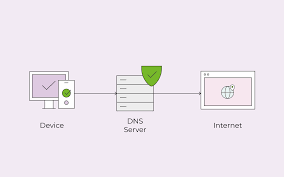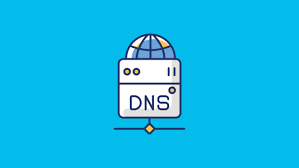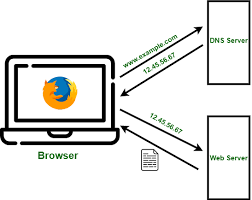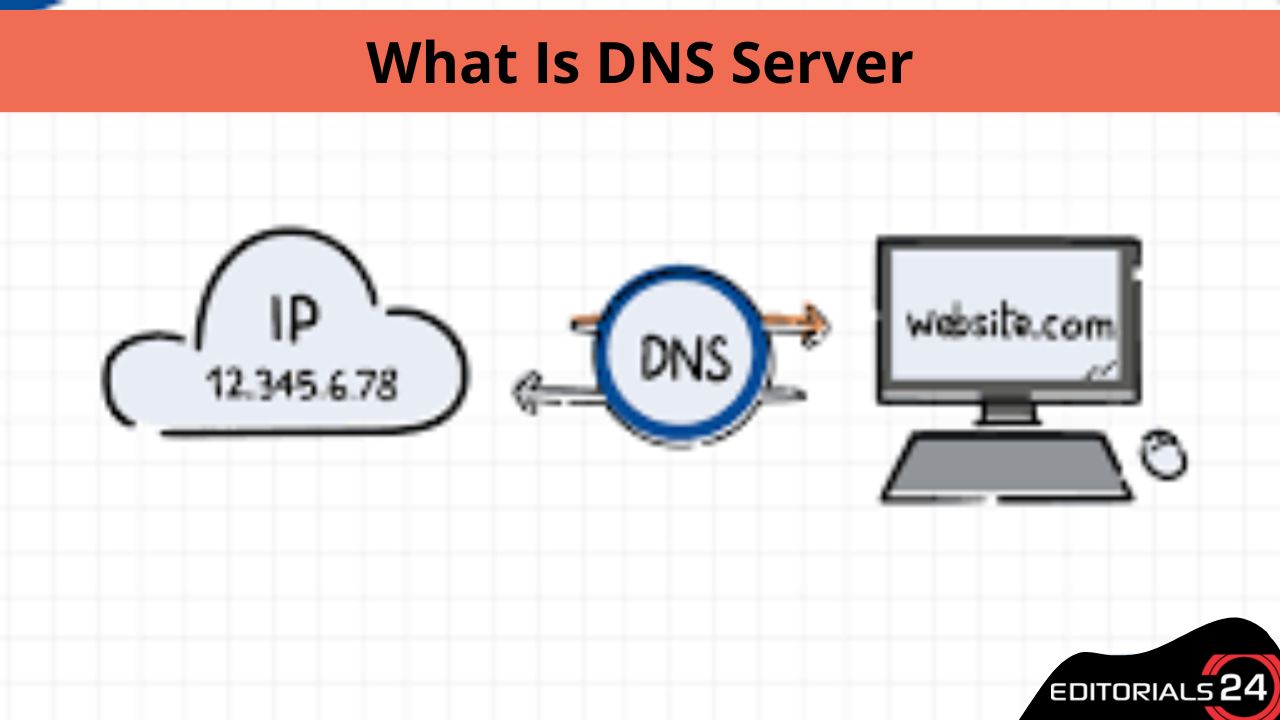A domain name server (DNS server) is a server that stores a database of hostnames and their corresponding public IP addresses and, in most cases, translates hostnames to IP addresses upon request. DNS servers are equipped with specialized software and use secure protocols for inter-server communication.
What Is the Purpose of a DNS Server?
A domain name server (DNS) is a server that translates human-readable domain names into machine-readable IP addresses. Its function is to translate host names like www.example.com to numerical IP addresses like 71.232.101.120.
People can access Google without having to memorize its IP address of 216.58.217.206 because of domain name system (DNS) servers. They need only commit www.google.com to memory.

Multiple pieces of hardware are needed for this translation process, which is technically known as DNS resolution. The primary DNS server is the most crucial one.
What is a primary DNS server?
When a browser needs to know where to find a site, it first contacts the primary DNS server. The server is home to what is known as the master zone file. Included in this file is the domain’s IP address, along with other DNS settings such as the administrator’s contact details and optional features like the Time to Live.
- The Time to Live (TTL) attribute sets the maximum number of seconds for which a cached copy of a DNS record for a given domain will continue to resolve successfully.
- The query is considered resolved once the authoritative DNS server provides the browser with the IP address associated with the queried domain.
- In the event that the primary DNS server is down for any reason (e.g., maintenance) the browser will try to resolve the query using a secondary DNS server. A recent replica of the same DNS record will be stored on this server.
- Although primary DNS servers are required for a DNS system to function, secondary DNS servers are highly recommended and even required by some domain registrars.

DNS Server Isn’t Responding
If you try to enter a domain name into your browser’s address bar and get an error message like “DNS server isn’t responding,” then the domain name you entered is probably down for maintenance. In other words, the DNS server was unresponsive.
There are many potential roadblocks that could prevent a DNS server from successfully completing the resolution process. It could be your DNS settings or your internet connection. Maybe you’re using an old version of a web browser. It could also be a server-side issue, such as a power outage.
The good news is that there are a few potential solutions to this problem. Let’s check out a few examples.
1. Try Another Web Browser.
First, make sure the issue isn’t related to your browser. If you were using Chrome to access the site initially, you should switch to Safari or Firefox. If trying a different browser fixes the problem, you should make sure you’re running the most recent version of your preferred application. If an update is available, Chrome, for instance, will indicate as much in the window’s upper right corner.

Read More: How to Reset Your iPhone’s Network Settings!
2. Deactivate Your Firewall Temporarily.
If updating or switching browsers doesn’t fix the DNS server error message, then it’s likely your firewall is to blame.
The “DNS server isn’t responding” error is one of many network connection problems that can be caused by a firewall, which is otherwise essential for protecting your computer or device.
Easy temporary deactivation is also available. Windows users should go to the Settings app and select Update & Security > Windows Security > Virus & Threat Protection > Manage Settings. Your firewall can be disabled from this settings page. If your machine uses Mac OS, you can disable the firewall by going to System Preferences > Security & Privacy > Firewall.
Turn off the firewall and go to the same site in your browser. Identifying the firewall as the source of the problem if the web page loads successfully. Either change the settings of your current antivirus software or install a new one.
Do not proceed until you have reactivated your firewall, regardless of whether or not the error has been fixed.

Read More: How to Make Facebook Non-Public & More Updates!
3. Restart Your Router.
If disabling your firewall doesn’t help you get past the DNS server error message, you can move on to eliminating other possible causes.
Initially, you can try to restart your router by pressing the power button twice. Doing so will clear the cache on your router and hopefully fix the “DNS server isn’t responding” issue. Try going back to the same website in your browser after rebooting the router and reconnecting to the internet.
Assuming the page loads without error, you’re finished. A system reset is required if this is not the case. To restart, unplug it, wait about 30 seconds, and then plug it back in. Then, after your device has reestablished an internet connection, try accessing the site once more.
Read More: Please Check Your Public Profile on Snapchat!
4. Flush Your DNS Cache and Reset Your IP
In the event that the issue cannot be traced back to your browser, firewall, or router, try adjusting your DNS settings. For the faster resolution of DNS queries, it’s possible that the culprit is your DNS cache, which stores the IP addresses and other DNS records of frequently visited domains. The DNS error message can be fixed by flushing the DNS cache.

Several options exist, each tailored to a specific mobile OS. Launch Finder in the very latest version of Mac OS. Select Terminal from the Applications menu then enters sudo killall -HUP mDNSResponder in the text field.
If the DNS cache has been successfully cleared after entering the correct password, you will see a confirmation message. To continue, you can launch your browser and try accessing the site once more.
Check out our post, “Flush DNS: What It Is, How to Do It, and Why You Should,” for a detailed explanation of DNS flushing and instructions for doing so on Windows and other platforms.
